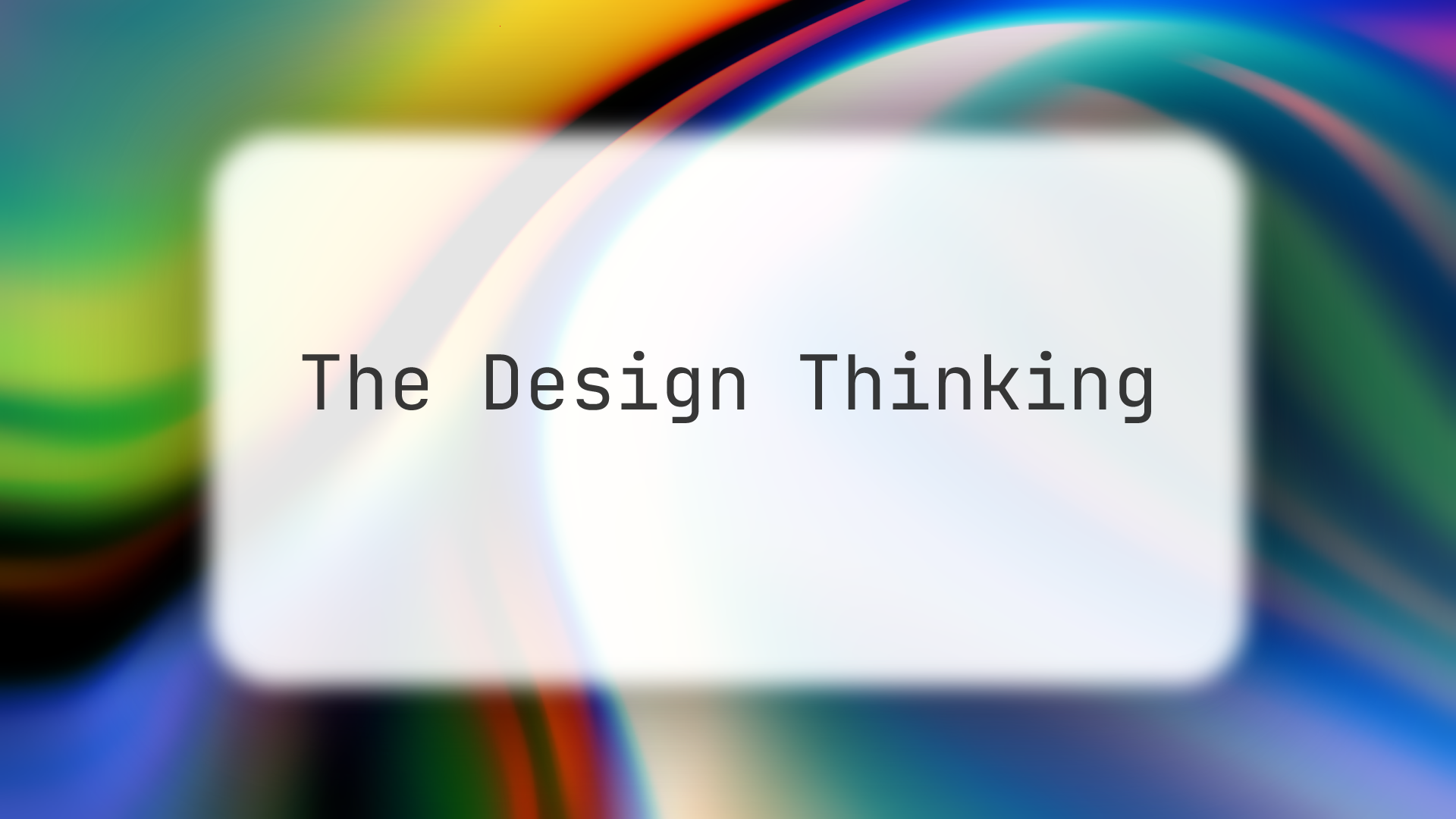Overview
The design thinking in a nutshell is the practice of thinking like a designer. It is also considering user desirability, technical feasibility, and commercial viability. All these technical terms might overwhelm you, But once you get a hang of it, It is easy to follow along.
The design thinking processes follow a simple format
- Empathize with your users.
- Define user needs and problems.
- Ideate solutions.
- Prototype your ideas.
- Test your prototypes.
- Build the ideas that work.
Once you nail down all these steps in order, it is straightforward to create meaningful designs with better user experience. But do not rigidly follow all these rules. You can always be creative. Although, be careful while riding on a wild creative motorcycle. It should never affect user experience.
User Desirability
While creating designs, Ask these two questions to yourself repeatedly on each step.
- Does it meet the needs of user?
- Does this solve a problem at hand?
This part should be the most obvious to designers. It will be the most crucial job to endorse this to a great extent as designers. I, personally, believe that this is the best place to start as being a designer. It will habituate you how to acquire empathy for the users. The main aim for designers should be to create incredible and usable experiences for them.
Commercial Viability
The main motive for any business is to generate money. To some people, it might sound harsh, but it is the reality. Designers have to take the commercial viability in consideration as part of their designs.
While working on your designs, Ask these questions to yourself:
- Does this align with the goals of the business?
- How can this help the business to make money?
This might be controversial, But this is the pill hard to swallow. The commercial needs of the business are more important than the needs of the user. If you believe otherwise, then you should be willing to sacrifice your paycheck every month. All business need to make money, and this is not inherently a dirty practice in my opinion.
But be wary, This does not imply that commercial needs are more critical than user needs. However, There is a balance to find, and often times you need to walk on a double-edged sword to find out the solutions that work for both the user and the business.
Technical feasibility
Being an engineer myself, I strongly believe that Technical feasibility is a vital part while coming up with designs. Creating difficult designs which is a pain to implement in real software can be a huge issue in product lifecycle.
Make sure you ask these questions to yourself at each phase of design:
- Is this technically possible?
- Is this a good use of engineering time?
You can take help of engineers in your team and be in sync with them for what is possible and is a particular design worth their time. Since at the end, Engineers are the magicians who convert design to a usable product.
That’s why finding a solution that makes the users happy, generates money for the business and isn’t a technical nightmare is the ideal balance for all the designs.
Thinking about the technical feasibility will help you become a pragmatic designer. Practicing pragmatism will help you create, build and ship with a steady pace. Never let every hurdle and edge case slow you down. Instead, Practice finding a pragmatic solution and move on to the next thing at hand.
The Pareto Principle (80/20 rule) is useful to consider when considering pace. The principle states that 80% of the effect comes from 20% of the effort. 80% of value can be found in 20% of your time.
However, use this in moderation. Do not stiffly follow this principle everywhere. Occasionally, the remaining 20% of effect can be more than enough to push past your competitors and also.
In conclusion, You should always remember that engineers cost money. And, That is a lot of money we are talking about. An engineer’s time is one of the most valuable things you can influence as a designer. Wasting their time on something that is technically burdensome will cost money and time, and delay you from shipping great experiences to your users. In my expertise, Bad design can bog down the whole lifecycle for a product and create a lot of friction.
That’s it for this one, See you in the next post.
